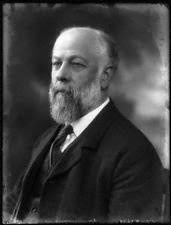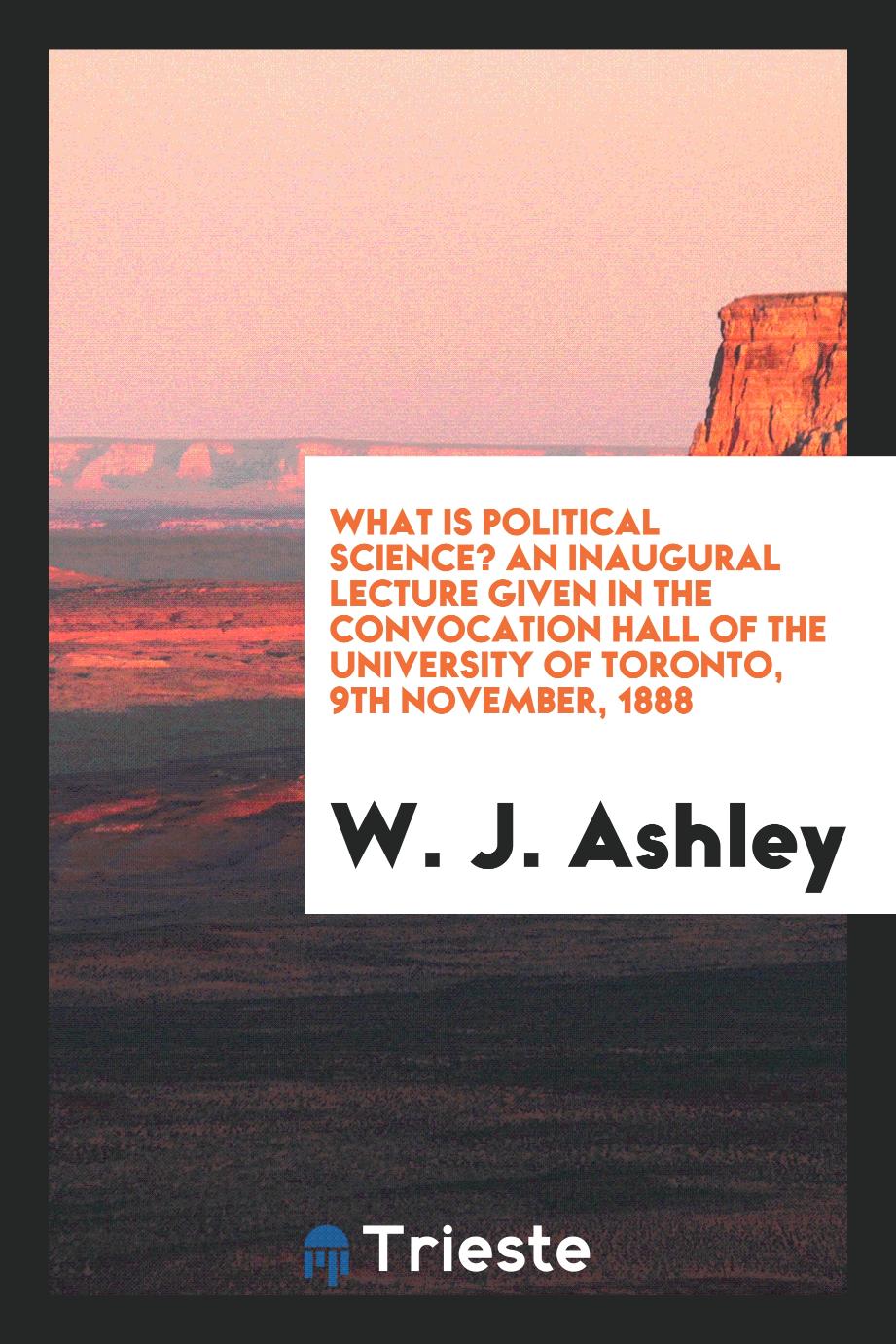
W. J. Ashley
Sir William James Ashley (February 25, 1860 - July 23, 1927) was an influential English economic historian. His main intellectual influence was in organizing economic history in the UK and presenting the ideas of leading German economic historians, especially Gustav von Schmoller and the historical school of economic history. His main work is The Economic Organization of England, which has so far been compiled from many level A and university curricula. Ashley was born in Bermondsey, South London on February 25, 1860. The ultimate life of his early years was shaped by the part-time work of his father, an apprentice hater; his skepticism about the free trade economy may have arisen from his observations during the formative years. He was educated at St. Olav Grammar School, and then at Balliol College, Oxford. He escaped a world in which there was almost no choice, thanks to his academic brilliance and, ultimately, winning a scholarship to the history of Brackenbury in 1878 at Balliol College, which then pursued a policy of social recovery under the guidance of the legendary Benjamin Jowett. At Oxford, he was influenced by Jowett, Bishop William Stubbs and especially economics historian Arnold Toynbee. After Oxford, he studied at the University of Heidelberg, where he was influenced by the well-developed studies of economic history developed by Schmoller and Karl Nice. Ashley was appointed lecturer at Lincoln College, Oxford in 1885. In July 1888, he married Margaret Hill, the daughter of George Birkbeck Hill, and in the summer of that year he and his bride went to Canada for their new academic post. From 1888 to 1892, he was a professor of political economy and constitutional history at the University of Toronto. The introductory lecture that he gave there was dedicated to Gustav Schmoller, one of the German scholars in whose hands the economic history was more developed in Germany than in England. In 1892, Ashley moved to Harvard, becoming the first professor of economic history in the English-speaking world. He died on July 23, 1927, and his painting hangs in the National Portrait Gallery.







